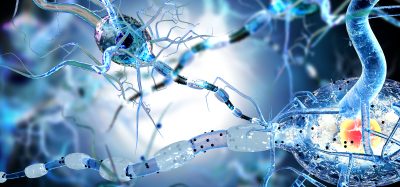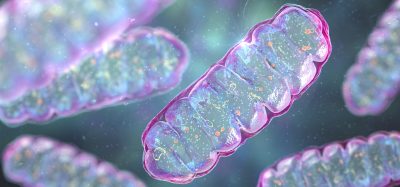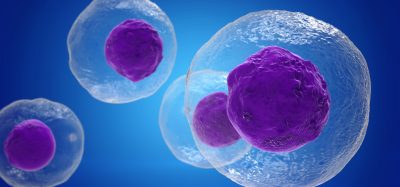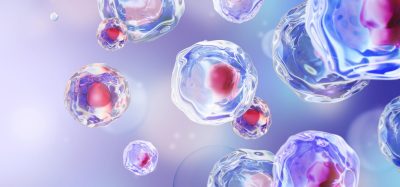COVID-19 research indicates SARS-CoV-2 exploits immune defences to drive infection
Posted: 22 April 2020 | Hannah Balfour (Drug Target Review) | No comments yet
A new study has revealed that less than 10 percent of respiratory and intestinal cells are susceptible to SARS-CoV-2 infection and expression of ACE2 receptors is driven by the body’s immune response.
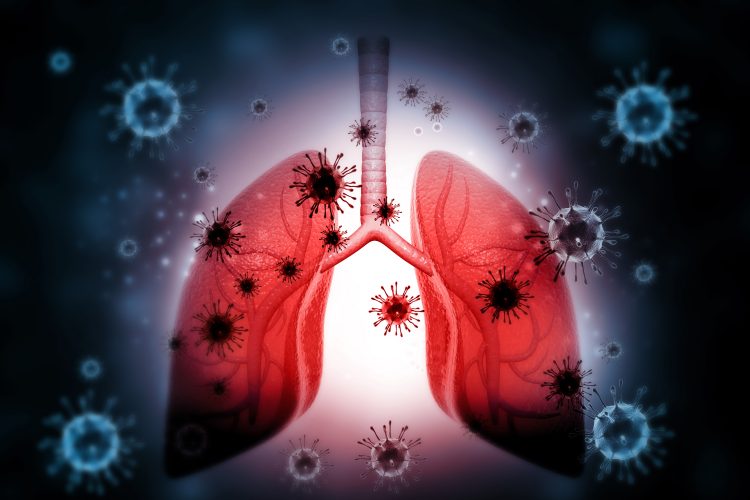

Collaborative research has revealed several key understandings about SARS-CoV-2, the virus that causes COVID-19.
Susceptible cells and research models
The team used data from the human, primate and murine respiratory systems and intestines to establish that both the angiotensin converting enzyme 2 (ACE2) receptor, which SARS-CoV-2 uses to infect human cells and the enzyme TMPRSS2, which aids infection, are only expressed in a very small subset of cells.
Using single-cell RNA sequencing, co-senior authors Dr Jose Ordovas-Montanes from Boston Children’s Hospital and Dr Alex Shalek at MIT, both US, discovered that below 10 percent of respiratory and intestinal cells make both ACES2 and TMPRSS2 and would therefore be susceptible to SARS-CoV-2 infection. These cells fell into three types: nasal goblet cells which secrete mucus, type II pneumocytes in the lungs which help maintain alveoli and a type of enterocyte which lines the small intestine and aids in nutrient absorption.
Sampling from non-human primates showed a similar pattern of susceptible cells.
“Many existing respiratory cell lines may not contain the full mix of cell types and may miss the types that are relevant,” Ordovas-Montanes said. “Once you understand which cells are infected, you can start to ask, ‘How do these cells work?’ ‘Is there anything within these cells that is critical for the virus’s life cycle?’ With more refined cellular models, we can perform better screens to find what existing drugs target that biology, providing a stepping stone to go into mice or non-human primates.”
ACE2 and interferon
The study also found that the ACE2 gene is expressed at higher levels as a result of stimulation by interferon. Interferon is a cytokine released in response to pathogens as part of the immune system’s protective mechanism. However, this study published in Cell suggests that the SARS-CoV-2 virus may be hijacking our immune defence systems to promote infection.
Ordovas-Montanes said: “When ACE2 comes up, that’s usually a productive response. But since the virus uses ACE2 as a target, we speculate that it might be exploiting that normal protective response.”
Interferons are currently being tested as a possible treatment for COVID-19. So, the researchers said more research on this finding is essential to establish if they may do more harm than good.
“It might be that in some patients, because of the timing or the dose, interferon can contain the virus, while in others, interferon promotes more infection,” said Ordovas-Montanes. “We want to better understand where the balance lies and how we can maintain a productive antiviral response without producing more target cells for the virus to infect.”
He also suggested that the cytokine storm causing severe respiratory symptoms may be due to the failure of interferon, part of the cytokine family, to restrict the virus and therefore the lungs call for more help.
ACE inhibitors and SARS-CoV-2
Ordovas-Montanes commented on the recent suggestion that ACE inhibitors may be linked to more severe COVID-19 infecctions: “ACE and ACE2 work in the same pathway, but they actually have different biochemical properties. It’s complex biology, but it will be important to understand the impact of ACE inhibitors on people’s physiological response to the virus.”
Future research
The researchers plan to explore how the SARS-CoV-2 behaves once inside the cells it infects and why COVID-19 is typically less severe in younger people by comparing tissue samples from children and adults. This intended to be conducted at Boston Children’s Hospital.
“This has been an incredible community effort – not just within Boston, but also with collaborators around the world who have all shared their unpublished data to try and make potentially relevant information available as rapidly as possible,” said Shalek. “It’s inspiring to see how much can be accomplished when everyone comes together to tackle a problem.”
Related topics
Analysis, Disease Research, Drug Targets, Enzymes, Genomics, Immunology, Protein Expression, Proteomics, RNAs, Screening
Related conditions
Coronavirus, Covid-19
Related organisations
Boston Children's Hospital, Massachusetts Institute of Technology (MIT)
Related people
Dr Alex Shalek, Dr Jose Ordovas-Montanes




